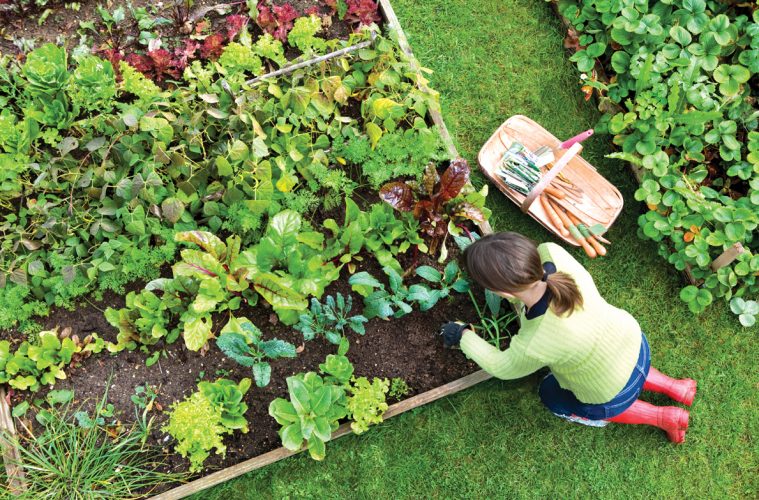Gardening has gained popularity again in recent years. Many people turn to gardening for its relaxing effects, environmental benefits, and aesthetic value. The popularity of branded container and plant programs has played a key role in the development of this trend. These programs, which combine curated selections with designer containers, have profoundly affected modern gardening practices. This article explores branded plant-and-container programs’ impact on gardening trends.
Comprehending Branded And Container Plant Programs
Branded container and plant programs are initiatives taken by nurseries and companies to market cohesive plant packaging. These packages aim to appeal to customers by offering convenience and aesthetic appeal. They also guarantee quality. The concept behind this is simple: instead of purchasing pots and plants separately from the retailer, customers can choose a preselected combo that offers compatibility as well as visual harmony.
The Rise Of Branded Plant Containers
A number of factors drive the growth of branded plant containers.
- Convenience: These programs simplify the garden process. For beginners, selecting the right plants and containers can be overwhelming. The branded program eliminates the guesswork of choosing compatible options.
- Aesthetic Appearance. Many branded containers for plants are designed with a keen sense of design. These plant containers often adhere to the most recent trends in colour and texture.
- Quality Assurance: Branded programs often guarantee the health and quality of both plants as well as containers. This ensures you don’t buy incompatible, unhealthy plants.
Influencing Gardening Trends
Branded containers and plants have had a major impact on gardening trends.
- Increased accessibility
Branded plant pots make gardening accessible to a larger audience. Plant care is now accessible to beginners who might have felt intimidated. This accessibility is a major factor in the growth of home gardens, particularly amongst younger generations and city dwellers.
- Aesthetics
These programs, which emphasize the design of their plants and containers, have helped elevate the aesthetic standards at home. They often have trendy and visually pleasing designs that encourage gardeners to prioritize the appearance of their gardens. Instagram-worthy setups of gardens and plants used as home decor are examples of this trend.
- Promotion of sustainability
Many branded plant containers focus on sustainability. Eco-friendly plants, organic soils, and water-efficient materials are popular features. These sustainable gardening techniques resonate with environmentally conscious consumers, leading to a move towards more eco-friendly and greener gardening.
- Customization
While branded programs can be convenient, they allow a certain amount of personalisation. Consumers are able to choose from themed packages like drought-tolerant plants, pollinator-friendly plants, and seasonal flower arrangements. Gardeners will appreciate this customisation because it allows them to customise a garden without the hassles of sourcing and researching each component.
- Educational Options
Many of the branded container and plant programs come with educational resources. These include planting tips, instructions on how to care for your plants, and even access to tutorials online. These resources will help gardeners take better care of their plants and increase their chances for success.
Branded Plant And Container Programs: A Future Perspective
As gardening continues its growth, the brand plant and container program will continue to grow. Future trends will include:
- Smart Gardening Solutions
Gardening could become even more accessible with the integration of technology, including self-watering pots and apps that remind you to take care.
- Enhanced Customization Options
More customizable options could attract gardeners with specific tastes and needs.
- Enhanced Sustainability
Branded plant programs will probably place greater importance on sustainability. Recycled materials will be used, and practices to support biodiversity and environmental health and well-being will be encouraged.
Conclusion
Branded plants and container programs are reshaping the gardening landscape. They have made it more accessible, attractive, and sustainable. These programs, by offering high-quality and visually appealing solutions that are convenient and easy to use, have influenced the gardening trend and attracted many new gardeners. As the gardening industry continues to evolve, the impact of branded plant pots will grow.





